Research themes
As a leading centre of excellence in skin sciences, we are delighted to be able to provide internationally recognised expertise and facilities across our many research themes, together with a world-class postgraduate learning environment. Our research-led teaching forms the basis of our MSc’s in Medical Bioscience, Skin Science and Stem Cell Biology and Bioinformatics.
Professor Julie Thornton, Director
Skin Microbiome
Julie Thornton, David Ansell and Farshid Sefat
We are exploring the role of the skin microflora in health, ageing, skin diseases and in wound healing.
Our research explores
- How changes in the composition of the skin microbiome reflect acceleration or deceleration of the ageing process and age specific disorders.
- The role of materials in attracting or repelling microorganisms in the innovation of novel wound care dressings
- Models that can be used to examine the skin microbiome ex vivo, using stratum corneum sheets as a model surface
- How the skin's own defences regulate the microbiome on different parts of the body with a focus on feminine hygiene and health
We established a network to explore role of the skin microbiome in healthy ageing - SMiHA which forms part the UK ageing network
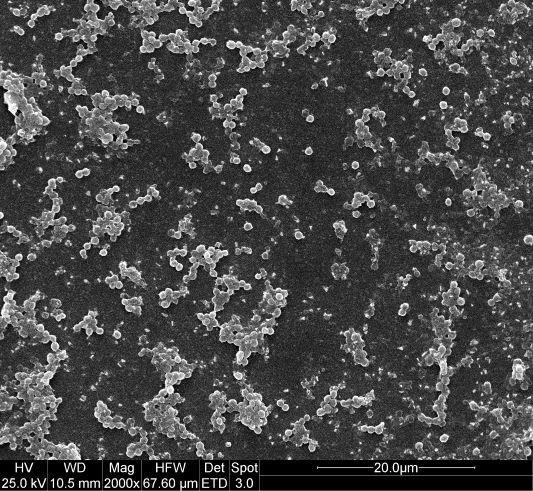
Model biofilm with S. aureus on isolated stratum corneum
Skin and scalp immunology and inflammation
David Ansell
- A key research objective is to unlock the links between the immune system and hair growth diseases and disorders. Skin immunology and inflammation crosses between skin and hair biology.
- In the case of alopecia areata, an autoimmune hair loss condition, we are studying the immune cells in the follicle environment and in the blood stream as biomarkers of disease activity.
- We have also identified some of the epigenetic controlling factors that are implicated in the disease, with focus on microRNAs.
- We have received charity funding from Alopecia UK and NAAF and use both human scalp biopsies and a mouse model of alopecia areata for our research.
- We have opportunities for self-funded PhDs in this area and are interested to hear from companies with drugs they wish to evaluate in our models.
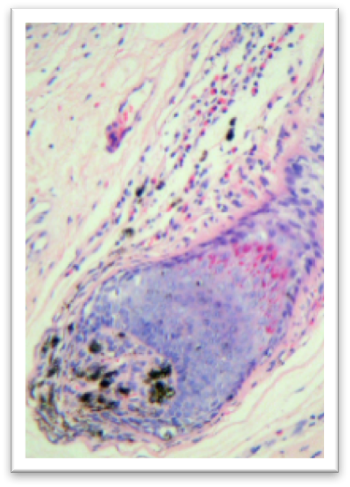
Hair follicle destruction in alopecia areata
Skin ageing, diabetes and wound healing
Julie Thornton and Kirsten Riches-Suman
- Skin becomes more fragile and less elastic as we age which can make wound healing more challenging. Similarly, people with chronic diseases such as diabetes are prone to non-healing wounds and our research aims to find the mechanisms underpinning this.
- We are able to obtain primary epidermal and dermal cells as well as whole human skin for explant and ex vivo tissue - organ culture. Such systems have been used to investigate the role of mediators of oxidative stress in skin physiology, which are more common in age or disease. We have also used them to study the impact of visible light on wound closure, the influence of adipocytes on radiotherapy tissue and its implications on scar tissue formation/maturation, and the impact of diabetes on wound healing.
- We use a mixture of cell culture, molecular, immuno-, and protein biochemistry methods to study these subjects.
- Our research has a strong impact through the work of our plastic surgeon fellows in the Plastic Surgery and Burns Research Unit
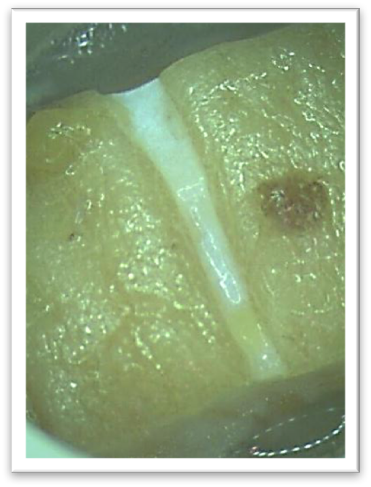
Wound repair model in human skin
Vascular biology of the skin
Kirsten Riches-Suman
- The skin is a highly vascularised organ. Maintaining a healthy blood supply to the skin and hair is vital for both to function properly. Blood vessels are lined with endothelial cells which detect any changes in the circulation and their structure is supported by smooth muscle cells and pericytes.
- We receive skin samples and can examine both the large vessels within the skin and the tiny capillaries in the skin surface and hair follicles. We can examine these in situ using histological techniques and can also isolate the individual cell types to look at active molecular pathways.
- We can apply these resources to study skin vascular changes in relation to different diseases (such as type 2 diabetes) and also ageing across the lifecourse.
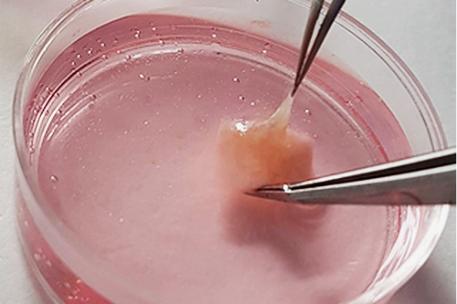
Human skin being dissected
Hair Ageing Biology
Julie Thornton, Steven Sikkink, Rachael Williams, Richard Baker
- We have a strong science base in hair biology and our researchers have specialist experience developing links between the immune system, hormones, genetics and hair growth and its associated disorders.
- We use in vitro and ex vivo models to study hair ageing biology, such as hair follicle cells, 3D reconstructed follicle fibroblast papillae and intact whole hair follicles.
- We use transcriptomics, proteomics and single cell sequencing to understand scalp skin and hair follicle cell population changes with age
- Our projects include the understanding the ageing environment of the follicle; aspects of hair pigmentation and greying and the immunobiology of alopecia areata.
- Our research features strongly in our MSc in Skin Science and Stem Cell Biology
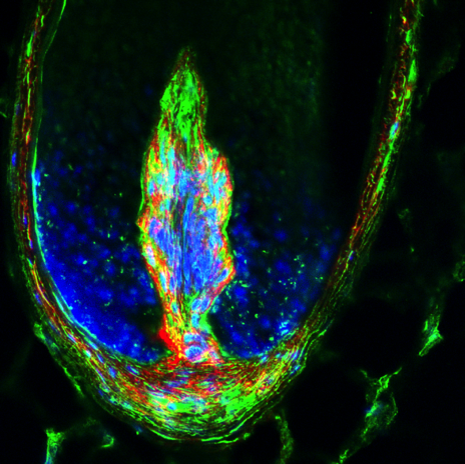
Hair follicle showing extracellular matrix markers
Skin and hair pigmentation and melanoma
Karthic Swaminathan
- We are studying malignant melanoma - malignant tumors precondition these sites by releasing exosome carriers (containing nucleic acids, lipids, proteins), which can be taken up by cells in the distant organs and can affect its function and behavior.
- We have researched human epidermal and hair follicle melanogenesis and shown that hair pigmentation is sensitive to oxidative stress
- We used human scalp skin, hair follicles and derived cells to demonstrate the link between ATM and greying
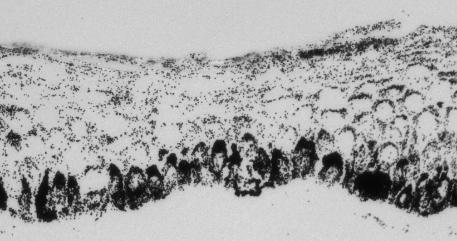
Melanin distribution in normal human epidermis
Human cells-tissue-materials interaction
Tom Swift and Farshid Sefat
- We work at the interface of human skin substrate and materials interaction, which we leverage towards advanced wound care, adhesives in ostomy care, bio-materials design and nano-fabrication
- We are studying how the body’s microbial defences can be leveraged into new materials for feminine health using bioengineering approaches
- We work with biologists, chemists and engineers
- We run healthy volunteer skin studies and have experience in protocol development, ethics review and study management
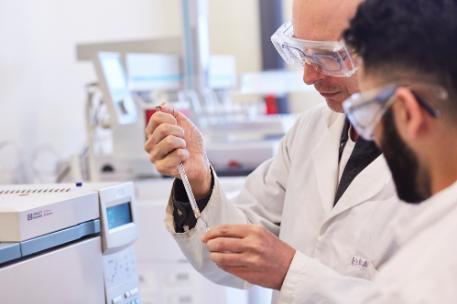
Using analytical equipment
Bioinformatics, artificial intelligence and machine learning
Krzysztof Poterlowicz
- The ability to analyse large 'omics datasets is now a key tool in the biologists toolkit. In the CSS we have a large collection of skin and hair phenotype-linked data derived from high-throughput screening such as RNA-Seq, CHIP-SEQ, DNA-SEQ and we have considerable expertise in interrogating these data to answer research-specific questions.
- We are closely involved with Elixir - a platform that unites Europe’s leading life science organisations in managing and safeguarding the increasing volume of data being generated by publicly funded research and is the major body indicated in the UK Research and Innovation (UKRI) infrastructure roadmap.
- We lead the UK training hub in an MRC funded data storage and curation which will train experts in this for future research communities
- We have projects developing algorithms for image analysis using machine learning
- Our research led-teaching forms the basis of an MSc in Bioinformatics
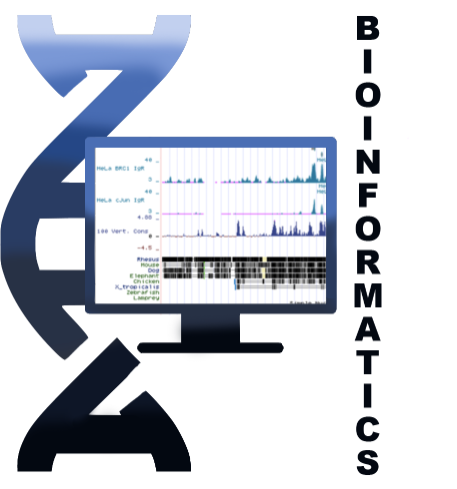
Bioinformatics is a key element of CSS skin and hair science expertise
Research themes and capabilities
Applied research
- Wound healing and wound care - links to diabetes; role of EMT in wound healing
- Skin and hair follicle ageing - the aging dermal environment
- Skin and hair pigmentation - role of ATM in melanocytes; melanosome transfer and novel pigmentation technology
- Skin immunology and skin disease - alopecia areata, psoriasis
- Skin microbiome in health, disease and wound healing
- Skin and hair development and regeneration - role of transcription factors and epigenetic regulators
Basic research
- Chromatin dynamics and epigenetic regulation of gene expression
- Cell signalling in development and disease
- Skin and hair pigmentation biology
- Melanoma genomics
- Stress cell biology - differential responses of skin cells to oxidative stress
- Vascular changes in diabetes and age
- Big data analysis and modelling in biological systems
Capabilities and Models
Human skin models
- Primary cells, co-cultures and engineered skin equivalents are used for materials testing in mode of action and efficacy experimental designs as well as for investigating basic skin biology
Human Hair models
- Ex vivo human hair follicles model and follicle derived cells are used for investigating the biology of hair growth and effects of novel materials, growth factors, chemokines and cytokines on cell/hair behaviour
Transcriptomics and epigenomic analysis in different populations of skin cells
- FACS purification of different cell populations; laser capture microdissection; RNA-seq, DIP-seq and ChiP-seq analysis; microarray transcriptome profiling
Visualisation, microscopic analysis and image processing
- Confocal and light microscopy, image analysis, image processing for machine learning
Big data analysis, bioinformatics and modeling in skin health and disease
- We use Galaxy software to design workflows for big data analysis
- We have a large collection of skin and hair phenotype-linked data derived from high-throughput screening such as RNA-Seq, CHIP-SEQ, DNA-SEQ and we have considerable expertise in interrogating these data to answer research-specific questions
